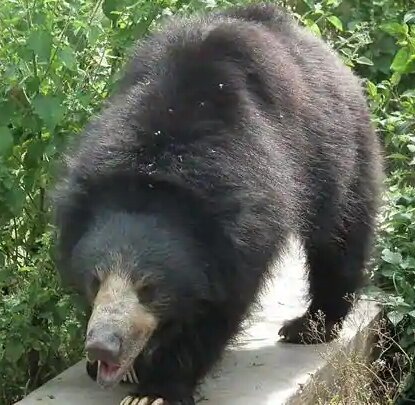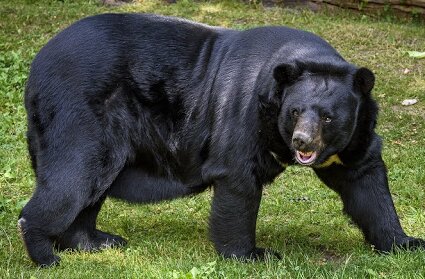Biodiversity & Environment
Nandankanan Zoological Park: Odisha
- 19 Sep 2020
- 3 min read
Why in News
Recently, death of two sloth bears have been reported from the Nandankanan Zoological Park, Bhubaneswar (Odisha).
- The exact cause of deaths is not yet known. Earlier, a 28-year-old Himalayan black bear died probably due to old age as bears are known to live for about 30 years.
Key Points
- Nandankanan Zoological Park:
- It is 15 kms from Odisha's capital, Bhubaneswar. It was inaugurated in 1960.
- First zoo in the country to become a member of the World Association of Zoos & Aquariums (WAZA).
- WAZA is the global alliance of regional associations, national federations, zoos and aquariums, dedicated to the care and conservation of animals and their habitats around the world.
- It is recognized as a leading zoo for the breeding of the Indian pangolin and white tiger.
- Leopards, mouse deer, lions, ratel and vultures are also bred here.
- It was the world’s first captive crocodile breeding centre, where gharials were bred in captivity in 1980.
- The State Botanical Garden of Nandankanan is one of the pioneering plant conservation and nature education centres of Odisha.
- Sloth Bears:

- Scientific Name: Melursus ursinus
- Habitat: Also called honey bear, Hindi bhalu, it is a forest-dwelling member of the family Ursidae (comprises 8 species of bears) that inhabits tropical or subtropical regions of India and Sri Lanka.
- Protection Status:
- ‘Vulnerable’ in the IUCN Red List.
- Appendix I in CITES listing.
- Schedule I of the Indian Wildlife Protection Act, 1972.
- Threats: Habitat loss, poaching for body parts and are sometimes captured for use in performances or hunted because of their aggressive behavior and destruction of crops.
- Himalayan Black Bear:

- Scientific Name: Ursus thibetenus
- Habitat: Also called Asiatic black bear, it inhabits mountainous and heavily forested areas across southern and eastern Asia.
- Protection Status:
- ‘Vulnerable’ in the IUCN Red List.
- Appendix I in CITES listing.
- Schedule I of the Indian Wildlife Protection Act, 1972.
- Threats: Illegal hunting for body parts, specifically the gallbladder, paws and skiing poses the main threat, together with habitat loss caused by logging, expansion of human settlements and roads.




